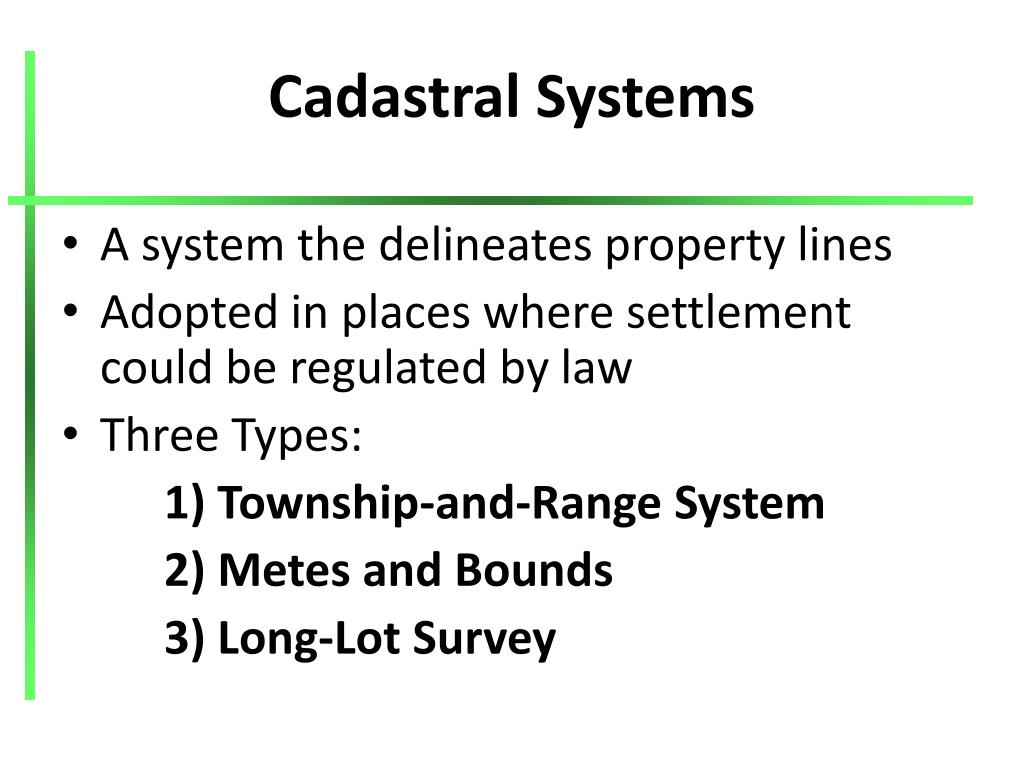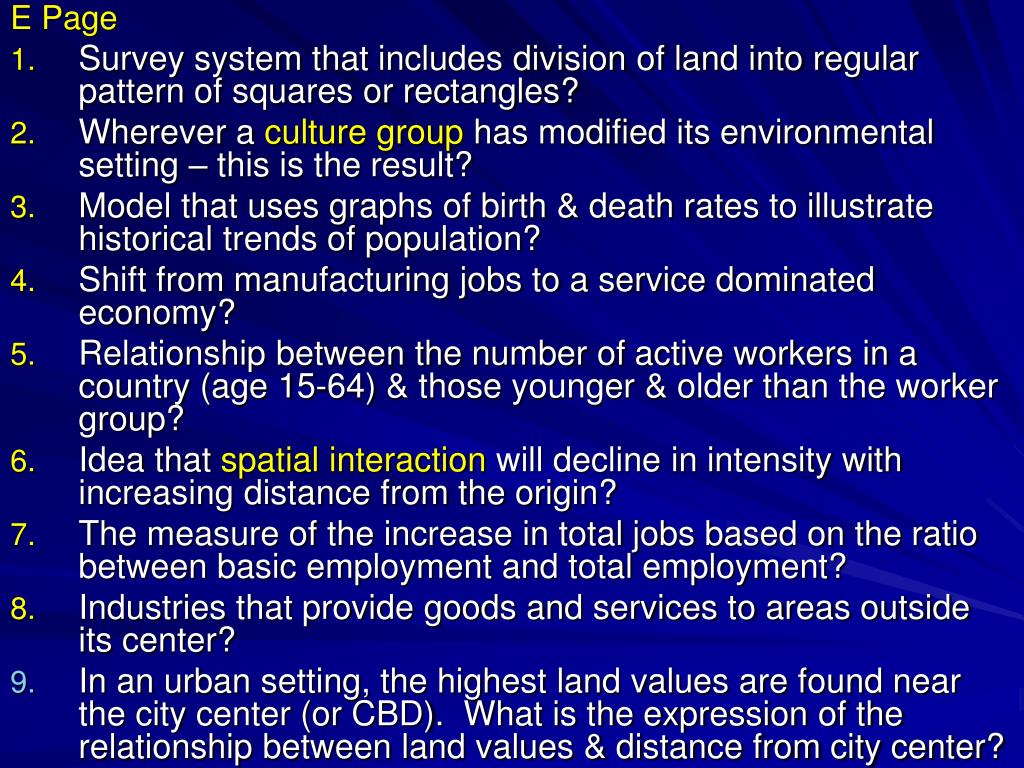

Production system based on a large estate owned by an individual, family, or cooperation and organized to produce a cash crop. Large scale farming and ranching operations that employ vast land bases, large mechanized equipment, factory type labor forces, and the latest technologyĭependence on a single agricultural commodityĪ system for classifying the world's climates on the basis of temperature and precipitationĪreas of the world with similar climatic characteristics Recently successful development of higher-yield, fast-growing, varieties of rice and other cereals in certain developing countries, which led to increased production per unit area and a dramatic narrowing of the gap between population growth System which the eldest son in a family-or daughters-inherits all of a dying parents landĭovetailing with and benefiting from the Industrial Revolution, the second agricultural revolution witnessed improved methods of cultivation, harvesting, and storage of farm produceĪ model that explains the location of agricultural activities in a commercial profit-making economy.Ĭurrently in process, the Third Agricultural Revolution has its principal orientation the development of GMOs Technique in favor of of the rectangular systems theoryĭistinct regional approach to land surveying found in Canadian Maritimes, parts of Quebec, Louisiana, and Texas whereby land is divided into narrow parcels stretching back from rivers, roads, or canals. because of the imprecise nature of metes and bounds surveying, the US Land Office Survey abandoned the It relies on descriptions of land ownership and natural features sick as streams or trees. Rectangular land division scheme designed by Thomas Jefferson to disperse settlers evenly across farmlands of the US interior.Ī system of land division surveying east of the Appalachians.
#Metes and bounds example ap human geography series
Divides land into a series of rectangular parcels The system that was used by the US Land Official Survey to parcel land west of the Appalachians.

Self-sufficient agriculture that is small scale and low technology and emphasizes food production for local consumption, not for tradeĬultivation of crops in tropical forest clearings in which the forest vegetation has been removed by cutting and burning. Genetic modification of an animal such that it is rendered more amenable to human control

Genetic modification of a plant such that its reproductive success depends on human interventionĬrops that are reproduced by cultivating the roots of or the cuttings from the plantsĬrop that is reproduced by cultivating the seeds of the plantsĭating back 10,000 years, this achieved plant & animal domestication Such as transportation, banking, retailing, education, and routine office-based jobs Tertiary Economic Activities/Quaternary/QuinaryĮconomic activity associated with the provision of services Mining, fishing, lumbering, and especially agricultureĮconomic activity involving the process of raw materials and their transformation into finished industrial products the manufacturing sector The purposeful tending of crops and livestock in order to produce food and fiberĮconomic activity concerned with the direct extraction of natural resources from the environment

Unit 5 APHG Chapter 11 Agriculture and Rural Land Use Term


 0 kommentar(er)
0 kommentar(er)
